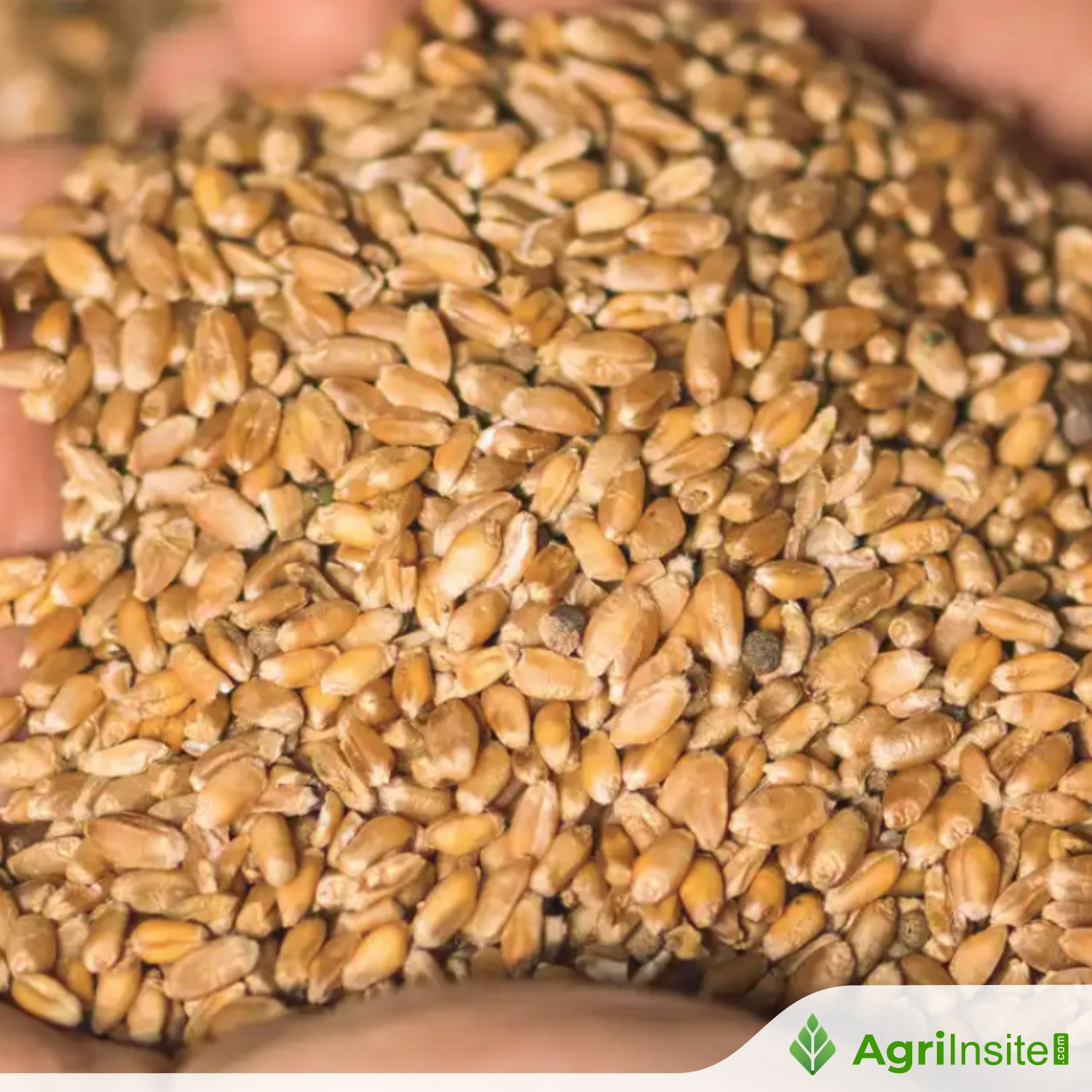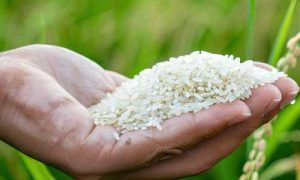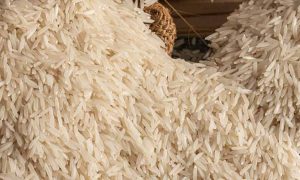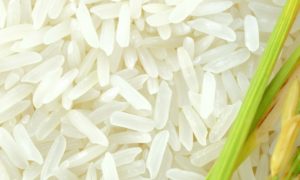India Sets Record Foodgrain Production with Wheat, Rice, Maize Surge

India’s foodgrain production in 2024-25 reached a record 353.96 million tonnes, rising 6.5% from last year. Rice, wheat, and maize hit all-time highs. Mustard declined but soyabean and groundnut boosted oilseed output. Sugarcane and cotton saw slight drops. Growth is driven by farmer dedication, scientific advances, and supportive government policies, with a focus on improving pulses and oilseeds.
Kedia Advisory – India has achieved a record-breaking foodgrain production of 353.96 million tonnes in the crop year ending June 30, marking a 6.5% increase over the previous year. Rice production reached an all-time high of 149.07 mt, wheat at 117.51 mt, and maize at 42.28 mt. The gains are attributed to farmer diligence, advanced agricultural research, and effective government policies implemented alongside state cooperation. Despite the overall growth, the mustard crop faced setbacks, though increased soyabean and groundnut output compensated for oilseed production. Pulses and oilseed outputs still require improvement. Sugarcane and cotton production saw slight declines. The government continues to focus on expanding cultivation areas and improving yields to sustain agricultural growth.
Key Highlights
# India’s foodgrain output hits record 353.96 million tonnes in 2024-25.
# Wheat, rice, and maize production reach historic highs.
# Mustard crop production declines but offset by higher soyabean and groundnut.
# Oilseeds production rises 7.4%, pulses output steady but needs boost.
# Slight drop in sugarcane and cotton production from last year.
India’s agricultural sector has recorded unprecedented growth in foodgrain production for the crop year ending June 30, 2025. The government announced a total output of 353.96 million tonnes, a significant 6.5% increase from the 332.3 million tonnes produced in 2023-24. This surge is highlighted by record yields in staple crops: rice topped at 149.07 million tonnes, wheat reached 117.51 million tonnes, and maize production soared to 42.28 million tonnes.
This remarkable performance stems from a combination of farmers’ relentless efforts, cutting-edge agricultural science, and proactive government policies. Union Agriculture Minister Shivraj Singh Chouhan credited state governments’ cooperation for effective policy execution. The increase in cultivated area during the kharif season and yield improvements in crops like paddy, maize, millet, and sugarcane further contributed to this success.
However, not all crops followed this upward trend. Mustard production declined to 12.61 million tonnes from 13.26 million tonnes last year. Fortunately, increased production of soyabean and groundnut helped offset this dip, driving oilseeds output up by 7.4%. Pulses production stood at 25.24 million tonnes, with chana and moong registering robust figures, though the government recognizes the need to boost pulses and oilseed cultivation further.
Meanwhile, sugarcane production slightly decreased to 450.12 million tonnes from 453.16 million tonnes, and cotton output also saw a reduction to 30.69 million bales. These shifts highlight the dynamic nature of agricultural outputs influenced by weather, market demand, and crop cycles.
Overall, India’s agricultural growth reflects the sector’s resilience and potential. Continued focus on innovation and farmer welfare remains key to sustaining this positive trajectory.
Finally,
India’s record foodgrain output underscores robust agricultural progress, driven by strong farmer efforts and government support, with a focus on boosting pulses and oilseed production further.
To Read more about Wheat News continue reading Agriinsite.com
Source : Investing.com













